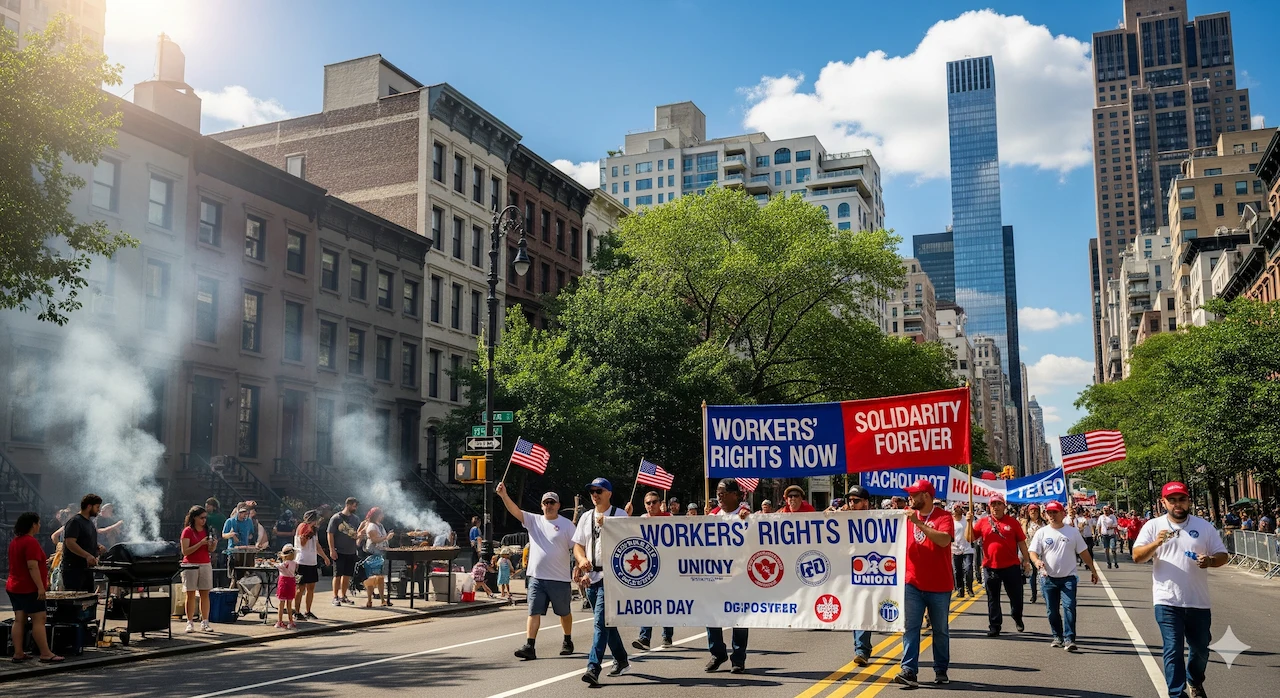GloNews10

Labor Day is more than just a long weekend marking the end of summer—it’s a national holiday dedicated to honoring the American labor movement and the contributions of workers to the nation’s strength and prosperity. In 2025, Labor Day falls on Monday, September 1, giving millions of Americans a chance to reflect on the hard work that built the country.
Labor Day is a federal holiday in the United States, observed annually on the first Monday of September. It serves as a tribute to American workers and the social and economic achievements of the labor movement. For many, it also signals the unofficial end of summer, with schools reopening and businesses resuming normal operations.
The origins of Labor Day date back to the late 19th century when labor unions and activists fought for better working conditions, fair wages, and reasonable working hours. The first Labor Day parade was held on September 5, 1882, in New York City, organized by the Central Labor Union. President Grover Cleveland signed Labor Day into law in 1894, making it a national holiday after a period of labor unrest.
The holiday recognizes the vital role workers play in the country’s economic and social development. It’s a day to honor achievements, advocate for workers’ rights, and reflect on labor laws that protect employees today.
This year, Labor Day 2025 will be celebrated on September 1. The day is significant not only for its historical value but also as a reminder of ongoing conversations about workplace safety, employee well-being, and fair labor practices.
From coast to coast, Labor Day traditions vary, but some common themes include:
In addition to traditional celebrations, modern observances include online campaigns advocating for workers’ rights, social media movements promoting fair wages, and events highlighting gig economy challenges.
Labor Day also impacts commerce. Retailers often run massive Labor Day sales, boosting consumer spending. However, essential workers, such as healthcare professionals and emergency responders, continue to work through the holiday, underscoring the essential nature of their roles.
Unlike International Workers’ Day (May 1) celebrated globally, Labor Day in the U.S. has a unique cultural and political context. The separation from May Day was a strategic decision in the late 19th century to avoid associations with socialist movements.
Labor Day 2025 is a time to honor the workforce that powers America. Whether through parades, family gatherings, or advocacy for better working conditions, the day remains a cornerstone of American culture.